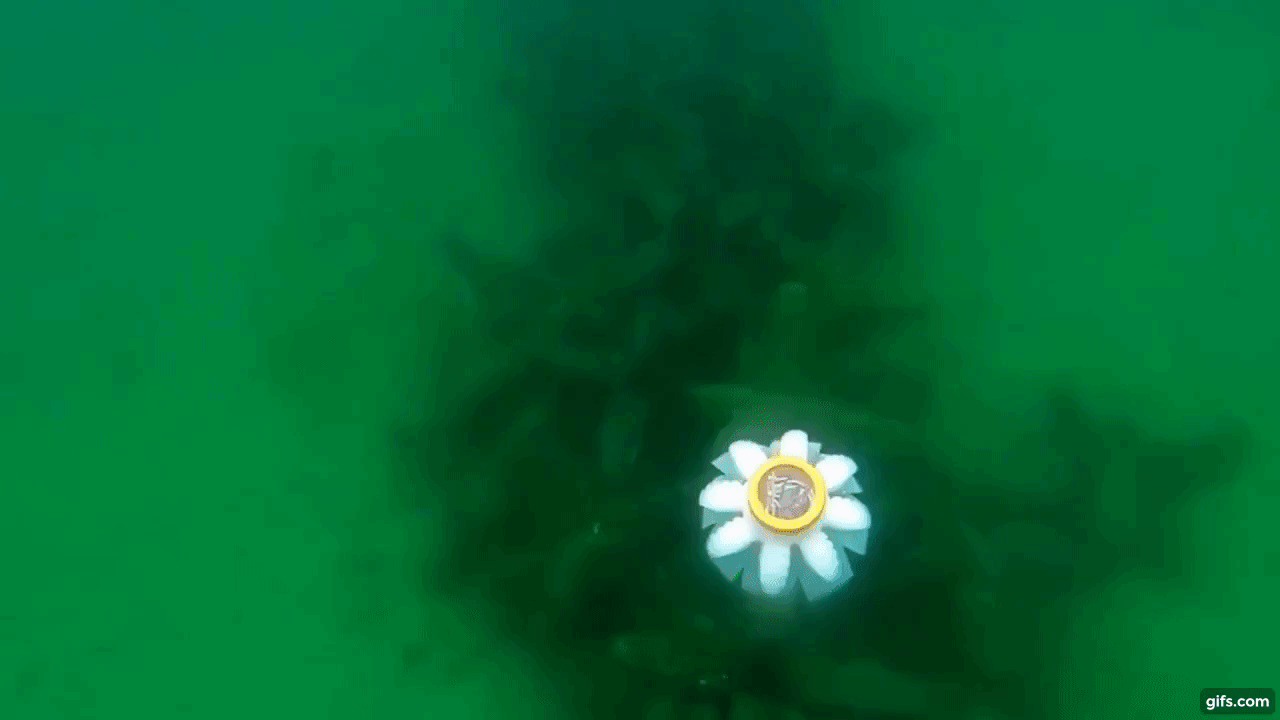Scientists from Florida Atlantic University (FAU) and the US Office of Naval Research have designed and created 3D printed soft robot jellyfish capable of monitoring fragile coral reefs.
The research article, published in the latest edition of the Bioinspiration & Biomimetics journal, states “Many different aquatic animals have provided inspiration for novel robot design features, including the octopus, turtle, knifefish, manta ray, and jellyfish.”
“Soft robots have tremendous potential to explore and monitor delicate marine ecosystems like coral reefs without causing unintentional damage to fragile objects.”

Free-swimming 3D printed Jellyfish robots
According to Dr. Erik Engeberg, Associate Professor at the Department of Ocean and Mechanical Engineering, FAU, the study of fragile aquatic environments has always been challenging for marine researchers. Coral reefs, in particular, are important to monitor as they provide habitats and shelter for various marine organisms.
Thus, the team of researchers, recognizing the excellent swimming capabilities of the jellyfish, have developed five unique soft robots capable of maneuvering “untethered in the ocean, squeezing through orifices more narrow than the nominal diameter of the jellyfish, and steering from side to side.”
The jellyfish robots maintain a 3D printed body with eight soft hydraulic network actuators extending from the center, similar to the form of a moon jellyfish. These actuators were chosen to minimize inadvertent damage to fragile biological systems. The study explains, “live jellyfish essentially have neutral buoyancy, so water was chosen as the medium to inflate the hydraulic network actuators while freely swimming in the ocean, pool, or aquarium.”
Creating the Jellyfish robots
The researchers designed mold models for the jellyfish robot in SolidWorks and subsequently 3D printed with an Ultimaker 2 using PLA. “Each tentacle had a common channel extending radially outward from the center of the robot; four of these channels were connected on each side of the jellyfish so that four tentacles could be driven by a single impeller pump,” the study states. Furthermore, two pumps were used to actuate the eight tentacles.
The tentacle actuators and segmented flap molds which made the body of the jellyfish robot was then filled with silicon rubber. A cylindrical housing for the jellyfish microcontroller and electronics was also 3D printed out with ABS using an Axiom AirWolf 3D printer.
Dr. Engeberg added: “We found the robots were able to swim through openings narrower than the nominal diameter of the robot. In the future, we plan to incorporate environmental sensors like sonar into the robot’s control algorithm, along with a navigational algorithm. This will enable it to find gaps and determine if it can swim through them.”

Coral reef preservation and additive manufacturing
With its ability to process a diverse range of materials, additive manufacturing has been used to prevent coral reef structures. For example, Boston Ceramics, a member of the FIT Additive Manufacturing Group, created a batch of ceramic 3D printed seeding units, which aids in reef conservation through sexual coral reproduction.
Following this, REEF DESIGN LAB (RDL), a not for profit design studio based in Melbourne, Australia, created the world’s largest 3D printed reef in the oceans of Summer Island, Maldives, using ceramic 3D printed and slip casting. The ceramic materials are used to house transplanted corals, which can also be continually divided as they grow to colonize natural reefs.
The research article “Thrust force characterization of free-swimming soft robotic jellyfish” is co-authored by Jennifer Frame, Nick Lopez, Oscar Curet, and Erik D Engeberg.
Keep up with the latest 3D printing news by subscribing to the 3D Printing Industry newsletter. Also, follow us on Twitter, and like us on Facebook. Looking for new talent or seeking a career change? Search and post 3D Printing Jobs for opportunities and new talent across engineering, marketing, sales and more.
Featured image shows a jellyfish robot navigating through the ocean. Clip via FAU.


